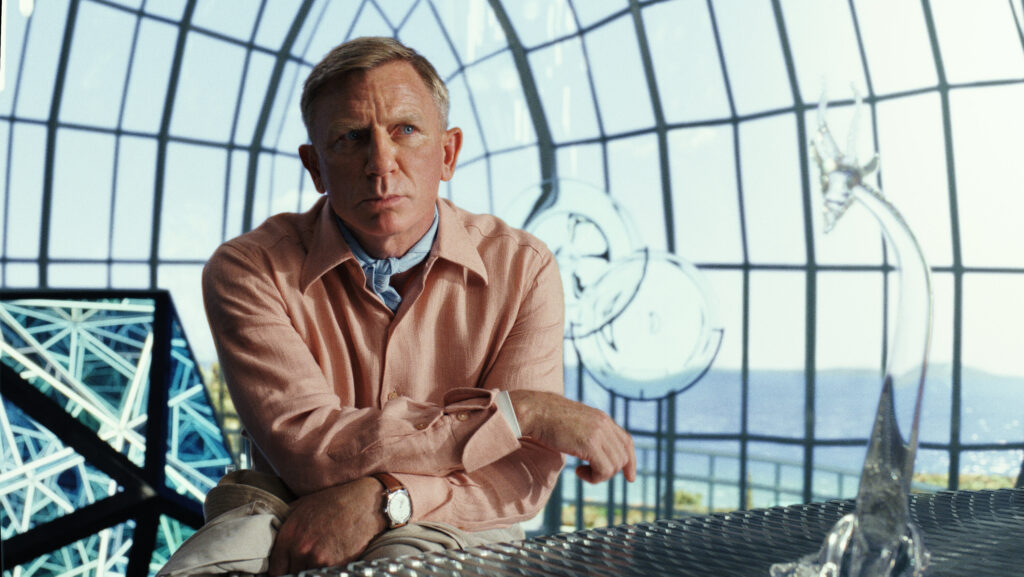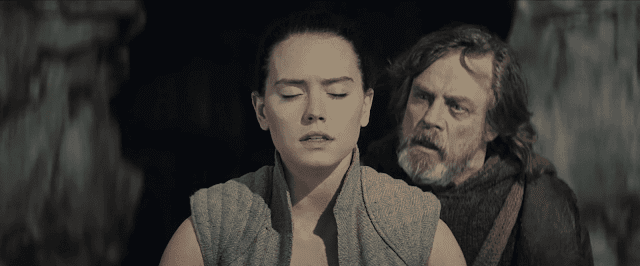Glass Onion: The Sleuth Shall Set You Free

The real mystery of Glass Onion, Rian Johnson’s breezy and punchy sequel to Knives Out, is how Netflix so badly bungled its distribution. After bidding the GDP of a small country to secure its production rights, the streaming giant broke with its own foolish tradition and granted the movie a semi-wide theatrical release… for seven measly days. It made a healthy chunk of change during that span (over $13 million despite a general lack of marketing), but if you missed it, you’ll need to wait for its small-screen premiere later this month. This is frustrating, not least because Glass Onion is exactly the type of picture whose experience is vastly improved in a crowded theater—not because of its crisp visuals or its gleaming sets, but because of the murmurs of pleasure it inspires from its audience. That ineffable kinship—the ripples of laughter, the squirms of tension, the collective hum of anticipation and enjoyment—is unique to theaters. Netflix’s half-measure—offering a modest release but severely restricting its scope (not to mention its opportunities to make money)—is a puzzle so bizarre, even Benoit Blanc couldn’t solve it.
Blanc is back in Glass Onion, again played by Daniel Craig with a winning combination of Southern-fried decency and innate perspicacity. His return is the lone nominal carryover from Knives Out, though Johnson also retains the broader architectural blueprint of the whodunit. As a result, there is a bit less suspense this time around, and a bit more familiarity. You know the formula: A dead body will turn up, a cluster of suspicious malcontents will be implicated and suspected, and in the end Blanc will pierce the elaborately constructed veil and elucidate the plot’s relentless machinations. The build-up will be artificially loaded with crucial clues and red herrings, while the climax will be breathlessly satisfying and also beside the point. Read More


